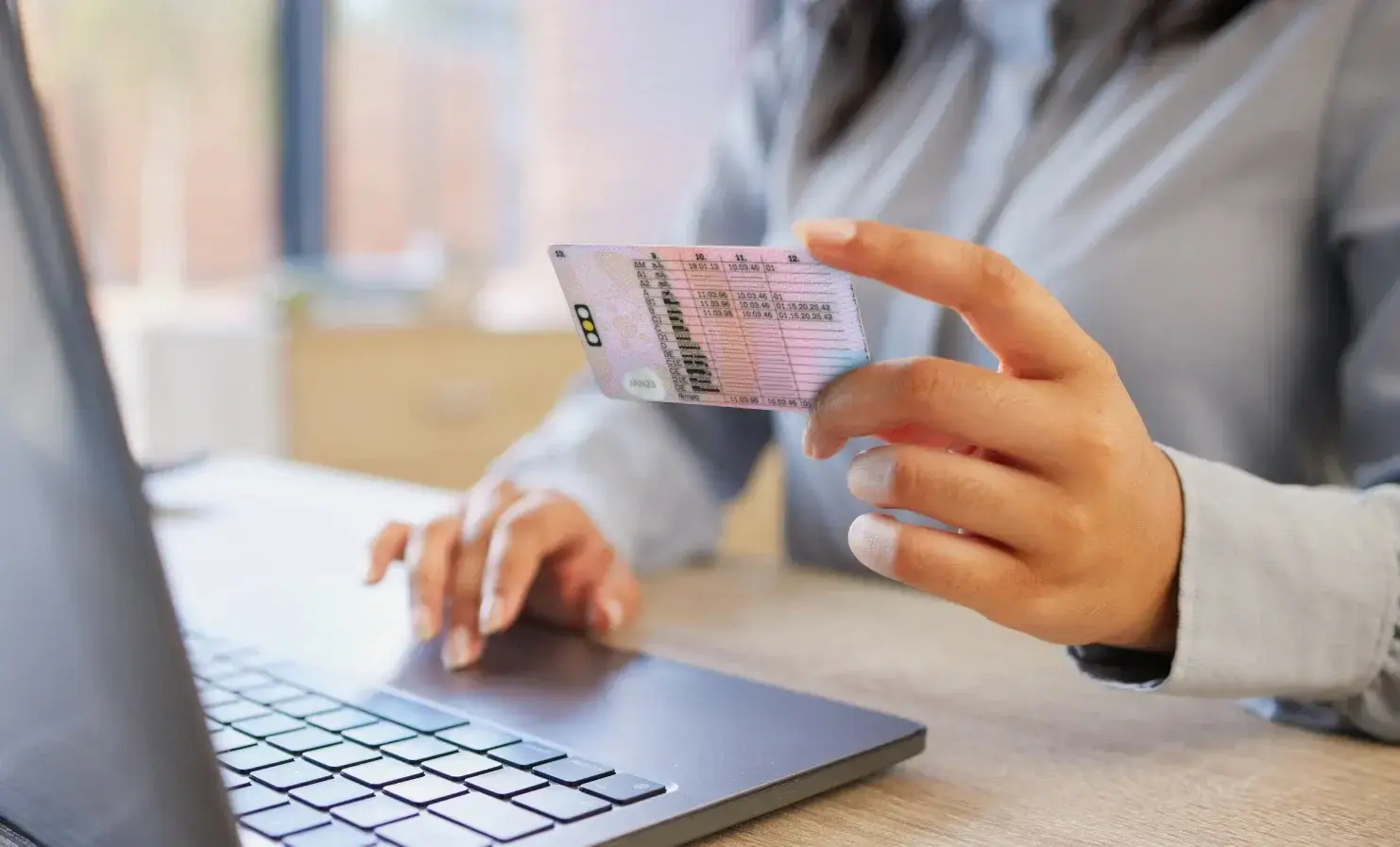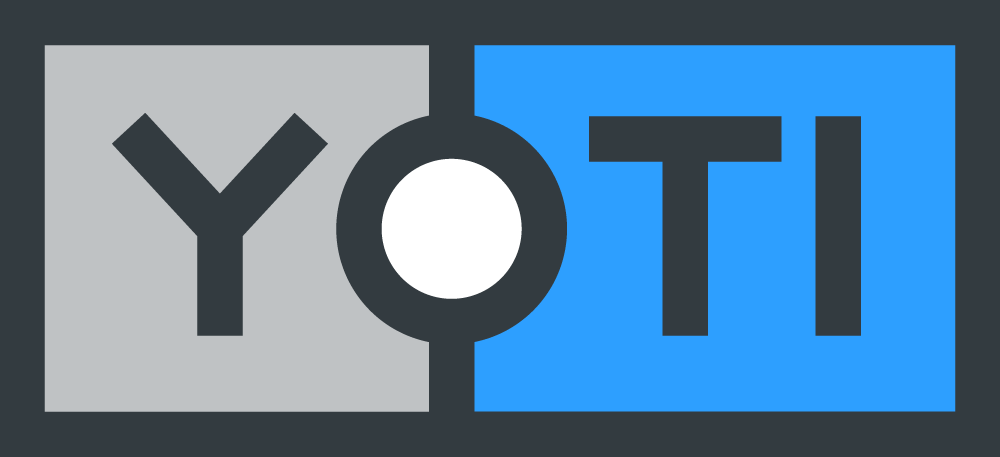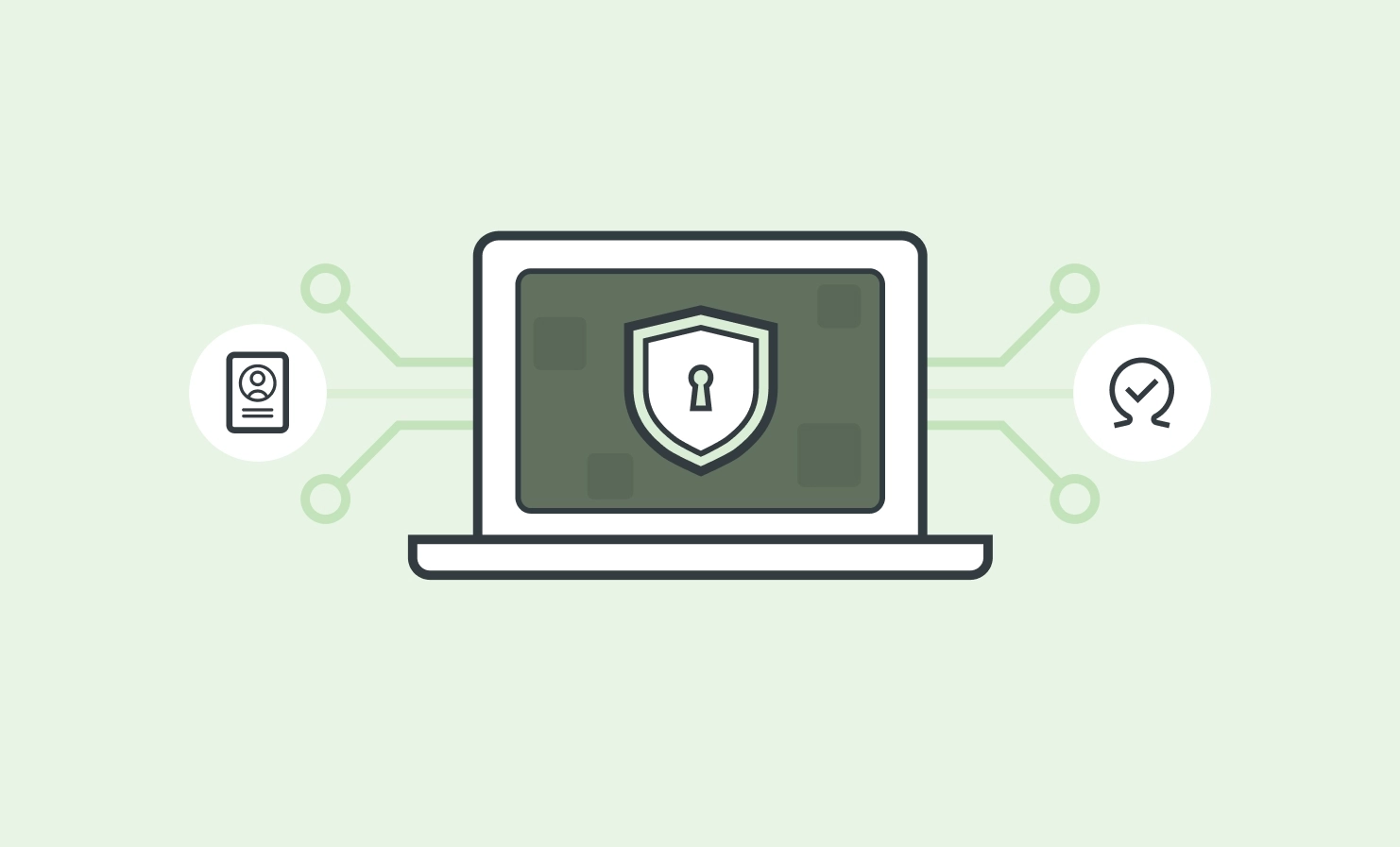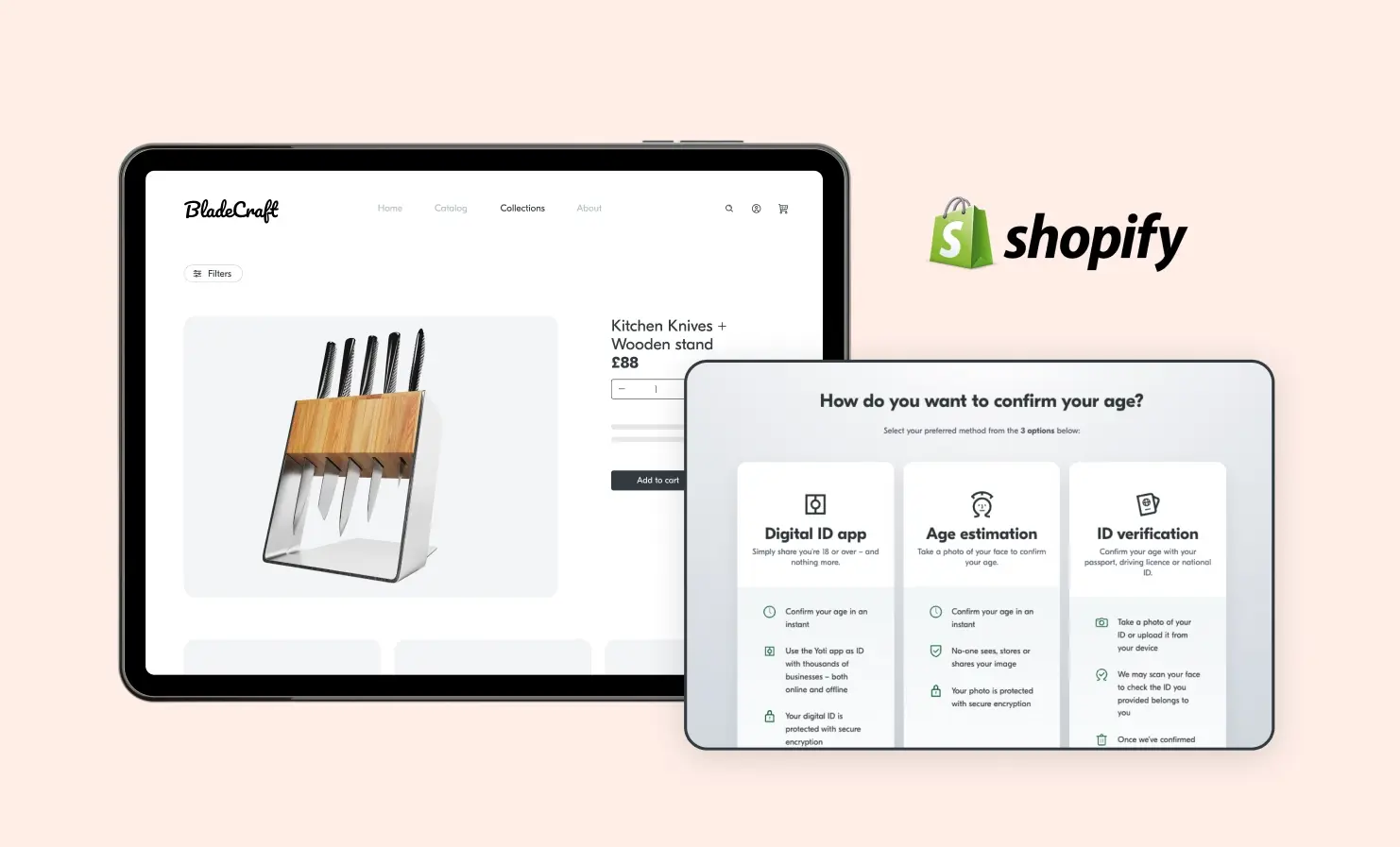
As an Authorised Corporate Service Provider (ACSP), you’ll be aware of the upcoming changes to the Companies House identity verification standard.
In 2025, anyone setting up, running, owning or controlling a company in the UK, namely directors and persons with significant control (PSCs), will be required to verify their identity to prove who they are.
These changes come as part of the Economic Crime and Corporate Transparency Act 2023 and aim to prevent anyone seeking to use Companies House for fraudulent activities. Failing to comply with mandatory identity verification requirements could result in fines and restrictions on company activities.
From 18th March 2025, directors and PSCs can voluntarily verify their identity directly with Companies House via GOV.UK One Login free of charge. Alternatively, they can choose to verify their identity via an ACSP like yourself.
You will need to register to conduct identity verification on behalf of clients, and from 8th April, you can inform Companies House you have verified someone’s identity. You must already be registered with an Anti-Money Laundering (AML) supervisory body.
Key dates:
- 18th March 2025: Voluntary identity verification – directors and PSCs involved in UK companies can voluntarily verify their identity.
- 8th April 2025: ACSPs can inform Companies House they have verified someone’s identity.
- By Autumn 2025: Mandatory identity verification – for directors and PSCs involved in UK companies, it will be mandatory to verify identity when they are appointed. For existing directors and PSCs, there will be a 12 month period for them to complete identity verification.
How to verify someone’s identity for Companies House
When you verify someone’s identity for Companies House, you must meet the identity verification standard to comply with your legal responsibilities as an ACSP. You will be required to ask for information about the person and to get evidence to verify their identity in the form of documentation. One option to achieve this is to use identification document validation technology (IDVT) such as that provided by Yoti.
Our fast and secure identity verification service, with built-in anti-spoofing technology, allows your clients to remotely prove who they are with just an ID document and a selfie. You can opt to use our automated process which will take clients just 5 seconds to complete, or layer in our 24/7 verification experts for cases that require higher assurance.
Get in touch to find out more about our IDVT and how you can meet the Companies House identity verification standard.



